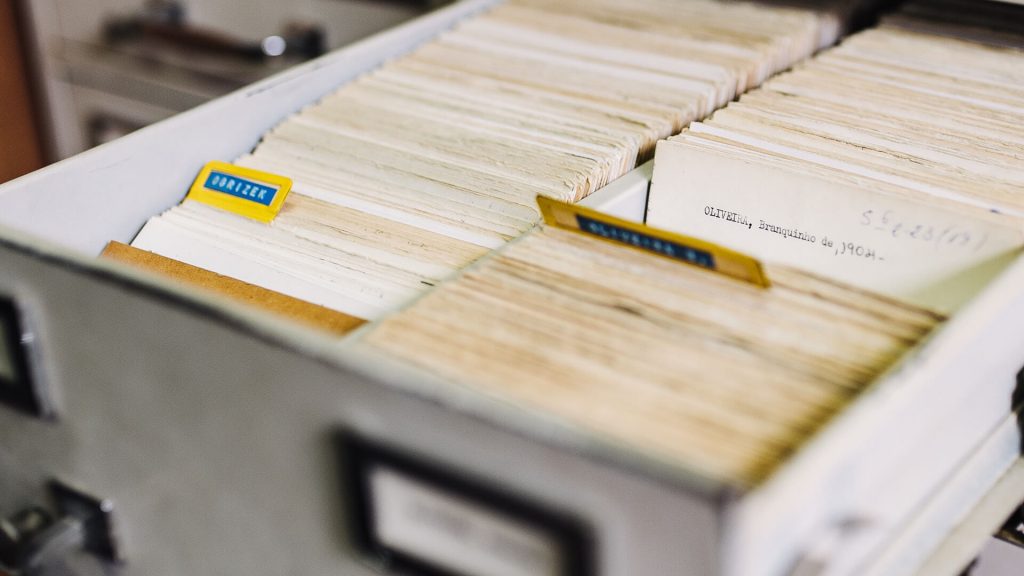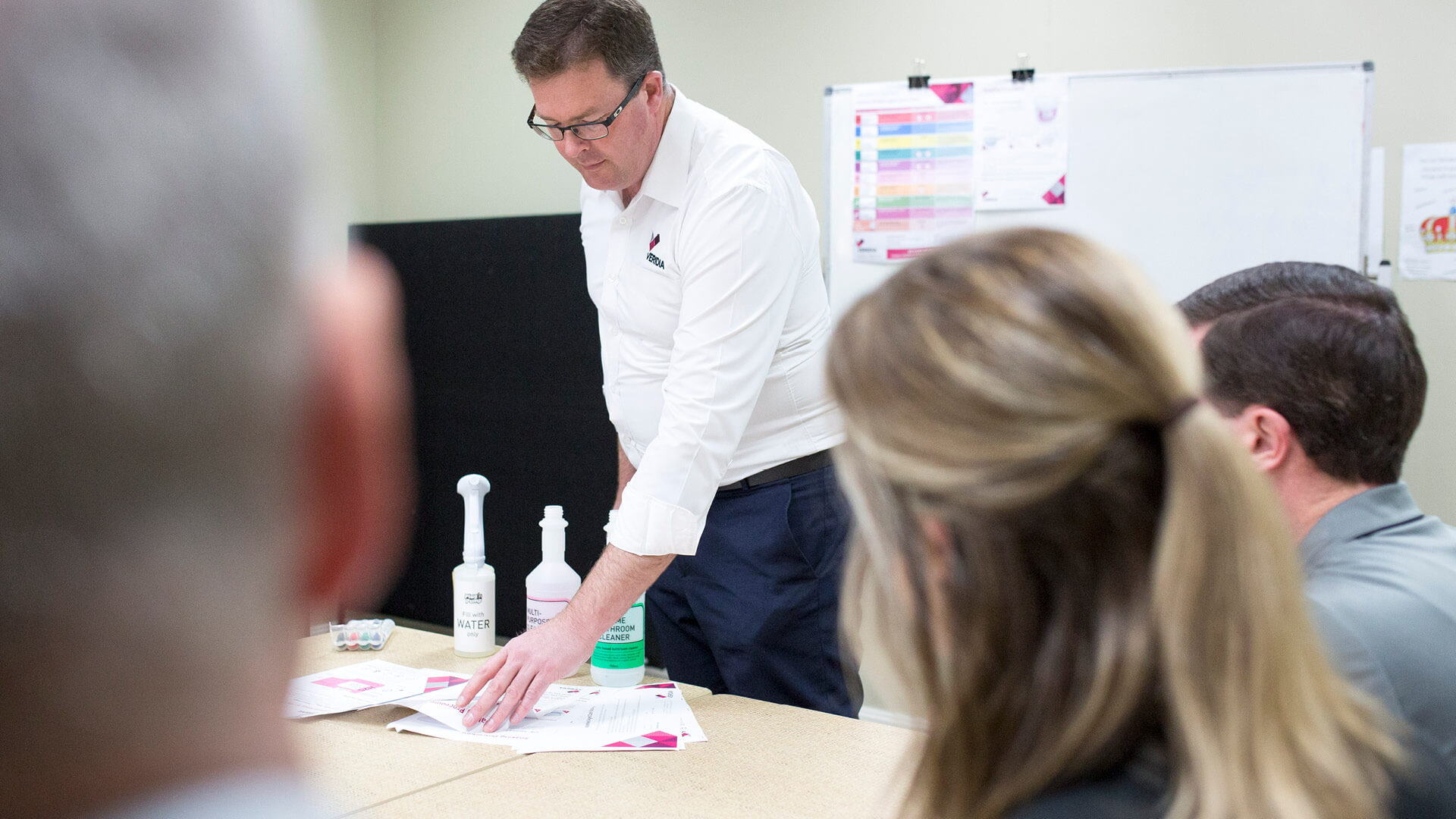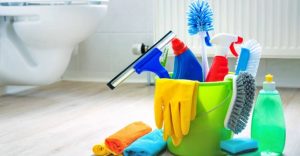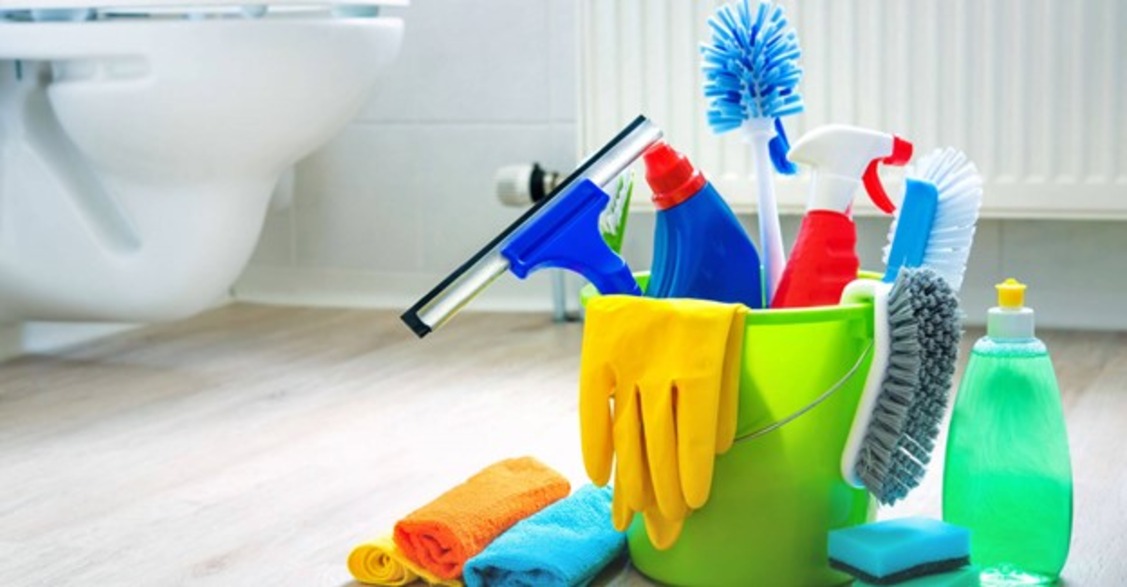The auditors announce they’re coming in two weeks. They expect your self-assessment when they arrive.
Your facilities team has no evidence that they’ve met hygiene standards. They don’t know where to find any.
It’s a sticky situation.
You absolutely need evidence of infection control and a safe, healthy living environment. It could be the difference between a pass and a sanction in your accreditation report.
Hygiene could determine your future viability.
And because the new Standards are interpretative, not prescriptive, it’s up to you and your team to create and keep records.
You need details. You need a list of actions your team has taken to limit risk and improve compliance, backed by solid photographic and documented proof.
What should you do to prepare for your self-assessment?
Collecting Evidence Before Accreditation
The Aged Care Quality and Safety Commission sees self-assessment as “an important part of the continuous improvement cycle for aged care providers.”
However, their guidance on how to self-assess is neatly summarized in these three paragraphs from their website:
Make self-assessment a positive mechanism to support improvement and be a signpost for good practice.
Approach the process of self-assessment as an ongoing tool rather than a task that is completed in a short or contained period, in between other duties. Involve consumers and their representatives throughout this process.
It may be useful to review and update the self-assessment regularly so it continues to develop over time. This will also assist with updating the plan for continuous improvement.
Aged Care Quality and Safety Commission
The resources they provide:
- A PDF recommending continuous improvement
- A high-level action checklist including tasks such as “Confirm the organization’s process” and “Complete self-assessment”, and
- An Excel worksheet listing out each dot-point of the Standards in a different row.
Not the most actionable of advice.
Your clinical team is used to collecting large amounts of data every day, but your housekeeping and facilities teams are less adept. How can they continually stay prepared for re-accreditation and unannounced assessment visits?
We’ve seen three methods work for residential aged care providers:
- The traditional, paper-based system
- A cutting-edge digital solution, and
- An unorthodox collaboration with a hygiene partner.
Each of these methods have their advantages and disadvantages, but each one is adaptable to your specific needs and constraints.

The Traditional System
The traditional method follows this process:
- Create and keep paper records for everything that might relate to the hygiene Standards
- Collate the documents every quarter, and
- Set a junior staff member to summarise and map the evidence to the Standards.
What paper records might be kept
With the traditional process, your facilities and maintenance staff will need to gather and maintain an extensive range of data. Some examples include:
- Maintenance schedules for cleaning, laundry, and kitchen hygiene equipment
- Purchasing documentation, including details about supply chains
- Cleaning schedules and activities completed
- Certificates of staff training, including infection control, chemical safety, and equipment handling courses
- Submission details of complaints about hygiene or facilities, and actions taken to resolve these complaints
- Documentation of hand washing and hand rub facilities for infection control
- Hygiene monitoring policies and procedures
Does this sound time-intensive and inefficient to you?
It is. However, it does have its advantages.
Pros of paper records
With the traditional method for hygiene evidence, you’re ‘sticking to the status quo’.
Your staff know how to handle paper, so you’ll have lower training costs.
There’s no expensive software or equipment, so you’ll have a low setup cost.
If your filing system works, most staff members will be able to access the records.
And of course, it’s easy to reformat the records, by editing your printable document.
Cons of paper records
Of course, these benefits can easily become disadvantages.
Your staff members may be used to filling out paperwork, but that doesn’t mean they’re fast or error-free. The more records you need, the more mistakes, the more wasted hourly wages.
With this method, you’ve got limited security and backup options. Physical records will always be at risk of being stolen or permanently destroyed.
Paper also lacks clear audit trails. It’s hard to determine who was responsible for the document, and who should talk to the accreditors.
Important things to remember with paper records
If you choose to go ahead with the traditional method, keep these points in mind:
- You need a clear system so you can access the documents for self-assessment. Part of this is consistent labelling.
- You’ll need a list of what’s where and why, so files go in the right place and are always ready for unannounced visits.
- You’ll need to protect your paper records, especially sensitive information like complaints.
- Finally, you’ll have to make sure that the self-assessment is high quality. You may need to personally review the document to provide expertise on the Standards.
The Digital Solution
Digital accreditation management systems are commonly used by high-end, for-profit aged care facilities. The system requests documents and employees provide them; the system uses these documents to create a self-assessment.
How the digital solution works
Digital systems for hygiene evidence allocate photos, documents and procedures to specific portions of the Standards.
Your team is still required to find and upload the evidence, but the system keeps it organised and highlights gaps in your documentation.
One such digital Standards management system is PwC’s Aged Care Accreditation Platform:
- You get guidance on what to submit for self-assessment evidence
- You can automatically map documents to each applicable Standard, based on your requirements and system defaults
- You get organisation-wide transparency which leads to improvements.
Their claim:
The Aged Care Accreditation Platform supports you and your teams in streamlining and improving the accreditation preparation process. In doing so, it creates capacity to focus on building a robust system of controls that enables you, your staff, your residents and your clients to work together to be accreditation-ready every day.
Pros of digital systems
This method has a lot of advantages.
The standout advantage is your minimal involvement with maintenance. Once your hygiene documents are uploaded, they stay safe in the system until you are prompted to update them.
Evidence kept in the system is associated with each Standard, and only needs to be written up and presented in a neat document to the auditors.
Also, there’s no onsite storage needed, so you have more room in your facility.
Finally, digital systems are usually searchable, so specific hygiene records are easy to find with just a few clicks.
Cons of digital systems
The biggest drawback of this method is the price. Implementation costs include
- the cost of the system
- the cost of setting up access
- the time spent uploading initial evidence, and
- the cost of training.
Your employees will still need to spend time on updating records.
Also, customisation is always limited with an external party’s system. Your solution really needs to be unique to your needs.
External providers also risk safety and security – can you really trust this organisation with your most critical records? You will need to implement new policies and procedures to protect your data, make sure it’s clean and consistent, and keep it maintained.
Important things to remember with digital systems
The digital solution may well be workable for your facility, especially if you have spare room in the budget for improvements to your Standards management system, and younger staff who are familiar with technology.
If you choose to go ahead with a digital provider, we’ve listed what you need to remember:
- You need to be able to trust the provider, and their system needs to work for your unique facility.
- You’ll need to train staff on the new system, especially less tech-savvy members.
- You’ll need institutional policies and guidelines addressing the management of electronic records.
The Unorthodox Approach
The unorthodox approach is to partner with service providers. These companies can then collect, maintain and report on accreditation self-assessment outcomes, in a format that accreditors will accept as a self-assessment.
What partner records might be kept for you
The records kept depend on the hygiene supplies partner and their integration with your facility. Examples include:
- Best practice procedure sheets to encourage good sanitisation habits
- Images and details of single use products for minimisation of cross contamination
- Images and details of colour-coded product identification systems for minimisation of cross contamination
- Images and details of sanitising systems in areas such as kitchen, laundry and housekeeping
- Service reports and proactive maintenance schedules for hygiene systems
- Images and details of secure and WHS-compliant chemical dispensing systems
- Details of replenishment management conducted by the partner, with records of usage benchmarking and analysis to ensure consistent hygiene
- Proof of staff training completion with regards to hygiene installations, chemical usage, and best practice sanitisation.
Pros of hygiene partners
This method isn’t common but it could be valuable for you.
First, all the evidence is collected and maintained by the partner, giving your employees more time.
The hygiene partner employs experts in the hygiene Standards, so there’ll be less human error.
There’s no onsite storage, so no security and safety costs.
You can use your unique insight into your business, combined with your partner’s industry expertise, to draw the best picture of hygiene compliance in your facility.
The unorthodox method could also have a low cost, because hygiene partners should already have a knowledge of your site.
Cons of hygiene partners
We may be biased towards this method, but we can still see potential downsides.
First, this method requires a change of mindset, to allow and trust the hygiene partner to handle everything. There’ll be a partial loss of control, and you need to be prepared for some pushback.
Second, hygiene partners with flexibility and expertise are extremely thin on the ground. Neither the national conglomerate nor the local store will suit.
Finally, relationships with external providers can be tricky, especially when you don’t have a contract outlining roles and responsibilities of both parties.
Important things to remember with partners
There’s one very important thing to remember when partnering with a hygiene supplier:
Trust.
You need to be able to fully trust your partner to do their job, and they need to trust that you will support them with your insight for self-assessment.
You may need to look further than your usual suppliers, because this level of trust won’t do for just anyone.
We’ve written an entire article on how to find a hygiene partner you can trust.
Conclusion
Self-assessment doesn’t have to be a burden on your shoulders. As with most things, an effective system can make sure your documentation is collected and presented with less input from your side, and more value for the auditors.
A well-written and highly researched self-assessment will impress the auditors and lead to better results in accreditation, regardless of the method you choose.
With the time you save on self-assessments, you can take your business to the next level by achieving high-quality standards of care even before the ACQSC starts measuring them.
Interested in the unorthodox approach? View an example of our self-assessments.






